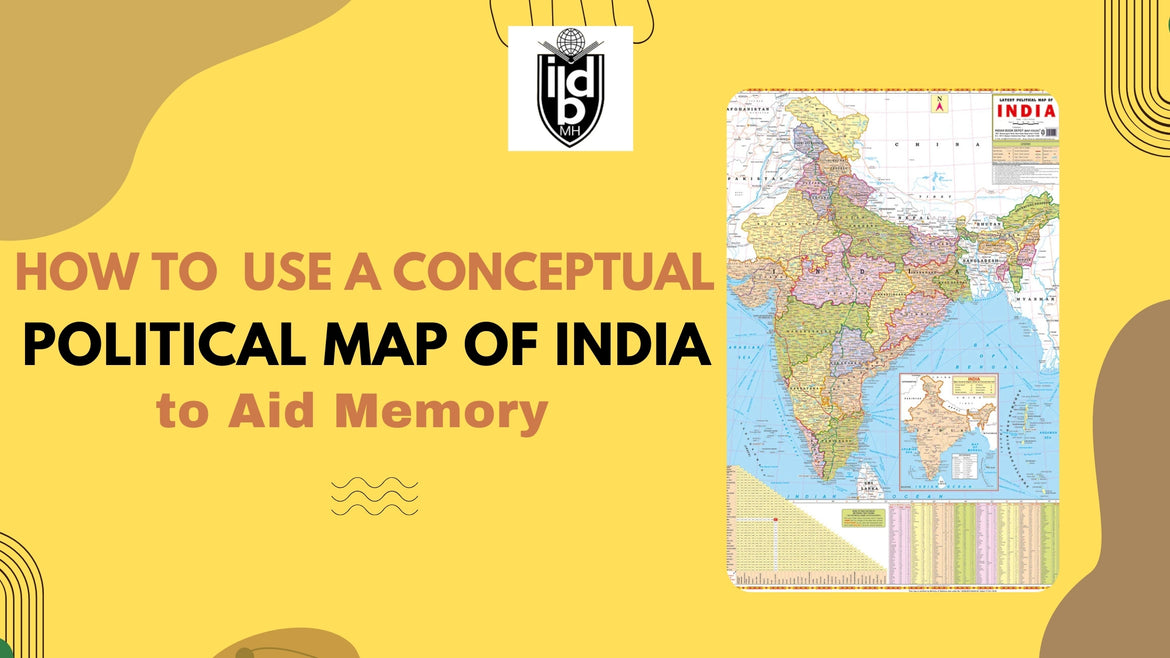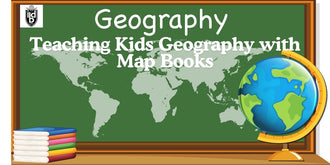
How to use a political map of India to aid memory?
What is a political map?
A political map is a representation of a location showcasing the political partitions, borders, and features of a particular place. A conceptual map is a visual arrangement revealing the relationship between ideas and concepts. These maps differ from the geographical maps as they are hierarchical and contain figures such as boxes, circles, lines, and arrows to define boundaries. Boxes or circles are drawn to explain each concept.
Conceptual political map of India
A political map of India shows all the Indian states, union territories, political divisions, and information about the major cities in India. It is useful for comprehending the important political divisions of India and understanding the administrative structure of India.
A conceptual Indian political map can be created to clearly understand the boundaries and administrative structure of the country. You can draw lines to indicate boundaries. The states and union territories are enclosed in boxes. The lines indicate the political boundaries. Indian political map to boost memory.
India is a large country with many states and union territories. The administrative structure is also complex, and hence the people cannot easily understand the political divisions. Today, India consists of 30 states and 7 union territories.
Zone Division of India:
East India, West India, North India, South India, Northeast India, and Central India are the zones of India. You cannot easily remember the zone of every state. But a political map helps in locating the zone of each state and union territory. You can classify a particular state, district, town, or city. Using a political map, you can easily classify the states or districts into particular zones and also understand the political features.
People can easily remember the location of geographical features such as rivers, mountains, valleys, etc. using a political map. India is a country with abundant resources. Different rivers are flowing in different parts of the country. For example, if you want to know about the rivers from Northside, then you can always refer to the political map. You can locate different rivers from the Northside, such as Ganga, Sutlej, Indus, Chambal, etc. If you want to know about some famous parks in India, then a political map is useful.
Information reveals in the Map:
A political map also reveals information about man-made projects such as parks, sanctuaries, fields, lakes, etc. A political map also provides physical information about places, states, union territories, etc. You can gain information about the largest, smallest, and most populous state in India. If you want to know about a particular place or region, then a political map is useful. The maps also provide detailed information about a particular region. If you want to explore the geographical distances of different places, then a political map provides comprehensive information. Some political maps reveal how to commute from one place to another, i.e., by railways, roads, or airplanes.
Using a conceptual map:
You can easily retain information about a place due to its visual nature. As the concepts are linked in a structured format, they are easy to remember. We can organize information easily as the information is presented in a visual manner. Hence, we can learn some difficult concepts easily.
Different political maps reveal different types of information. Some political maps provide information about the minerals of each state. For example, Karnataka is famous for gold, copper in Madhya Pradesh, etc. Some political maps also reveal information about the famous parks in every state.
Conclusion
A political map is useful to gain deep insight about Indian places. As India is a large country with several geographical features, political divisions, and boundaries, people cannot easily retain information. But by referring to a political map, they can locate information about every state, union territory, or particular place.




















